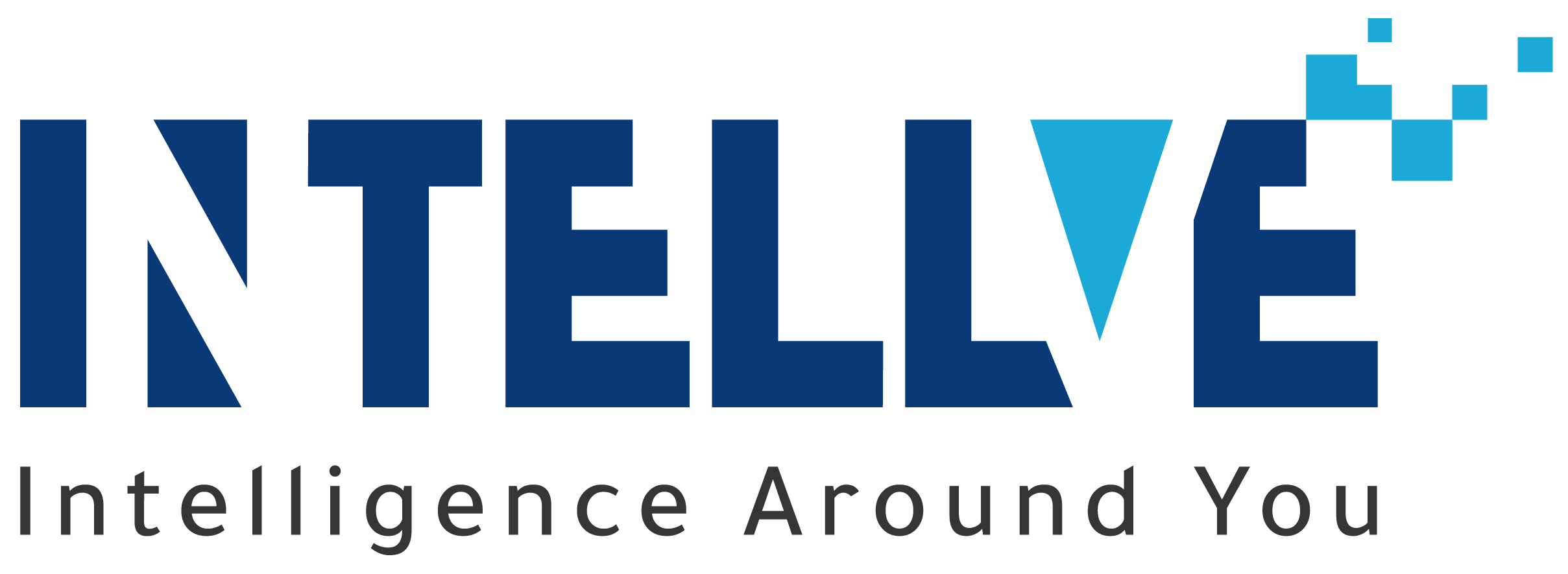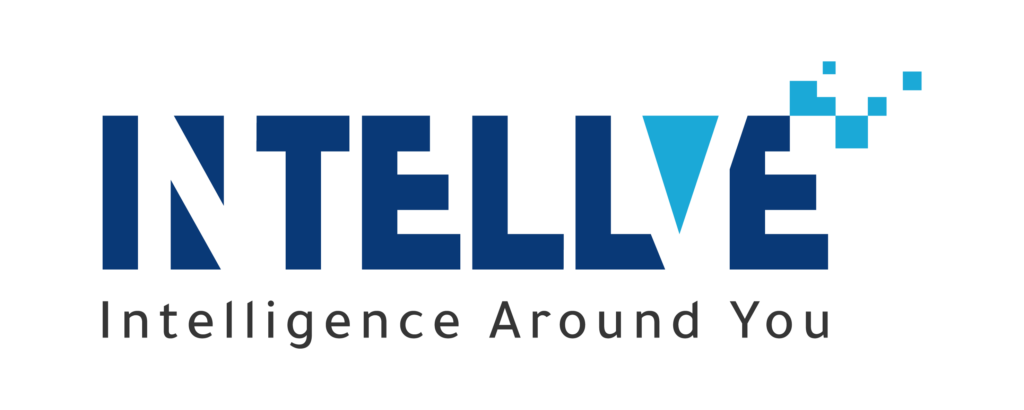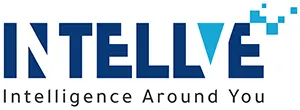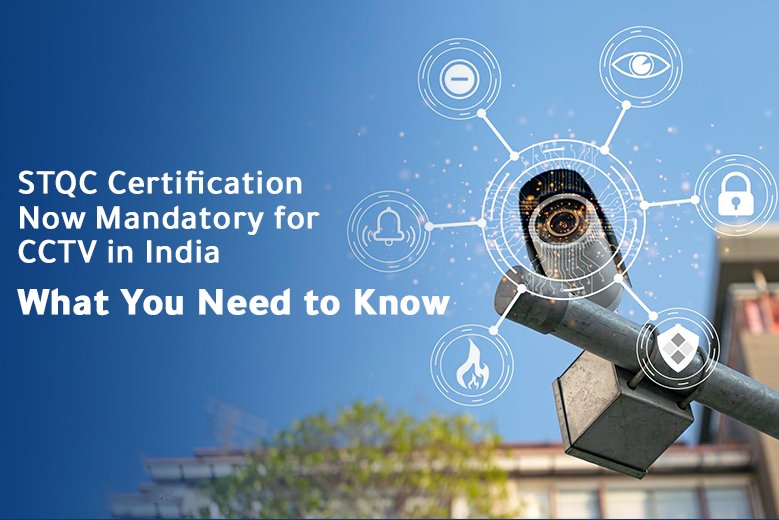CCTV is everywhere now, in metro stations, campuses, warehouses, and housing societies. With that spread comes a tougher question: can you trust what’s on the pole? The government wants a clear “yes”, which is why it’s pushing the market towards standardized, secure-by-design products. The big lever is STQC security certification. It’s not a nice-to-have anymore; it’s the new gate. Manufacturers, integrators, buyers, everyone’s playbook changes in 2025.
What Is STQC security Certification and Who Issues It?
STQC, short for Standardization Testing and Quality Certification, is overseen by the Ministry of Electronics and IT (MeitY). Think of it as a seal that says, “This device was built properly and hardened against common attacks.” For surveillance, that covers cameras, DVRs, and NVRs. It looks at product quality, cybersecurity controls, and how data is handled. In other words: fewer soft spots, fewer nasty surprises once the kit goes live.
What Has Changed: New Mandate Effective April 2025
Two dates matter. First, in June 2024, government buyers started insisting on STQC-aligned equipment. Then the big one: 9 April 2025. From that day, only STQC-certified CCTV products are meant to be sold and integrated in India. No carve-outs for OEMs or import labels. No “we’ll update it later”. If it isn’t certified, it shouldn’t be on the invoice. Simple as that.
Key Requirements for STQC Certification
This mandate pulls the industry toward “secure by default”. Expect the following to show up in specs and test reports:
- Secure boot and firmware verification so tampered code can’t sneak in.
- No default or hardcoded passwords; each device has its own credentials.
- TLS 1.2+ is a modern way to encrypt streams and management communications.
- Access restrictions that are quite specific for local and remote logins, together with roles and logs.
- BIS safety compliance (IS 13252 / IEC 60950-1) where applicable.
- Independent testing at STQC-recognized labs, with proper documentation.
Yes, it’s technical. But it’s also practical. Locked ports. Signed updates. Patch paths that don’t open new holes. That’s how fleets stay healthy.
Who Needs to Comply with This Mandate?
Short answer: the entire chain.
- Manufacturers, Indian and international, are bringing models to market.
- OEM partners and importers are rebranding or expanding their ranges.
- Distributors, retailers, and system integrators are selling or installing systems.
- Buyers in public projects, smart cities, critical infrastructure, and enterprise.
If you touch CCTV in India, compliance isn’t an afterthought. It’s part of the offer.
What Happens If You Don’t Comply?
Doors close. Non-STQC products become out of bounds for sale and use. You risk being tossed out of tenders. Licenses and approvals can be questioned. Private buyers, especially corporate security teams, will quietly pass. And the reputational hit from a failed audit? That lingers. Why roll the dice when the rules are crystal clear?
Benefits of Using STQC-Certified CCTV Products
In short, here’s what that certification delivers in everyday operations.
- Stronger cybersecurity out of the box; fewer field incidents, fewer emergency call-outs.
- Buyer confidence, procurement checks get easier, especially in regulated sectors.
- Policy alignment with Make in India and Atmanirbhar Bharat priorities.
- Lower legal and operational risk, plus a smoother path through audits and renewals.
Bottom line: safer fleets, cleaner paperwork, calmer operations.
How to Get STQC Certification: A Quick Guide
If you’re aiming to meet the deadline without last-minute chaos, here’s the streamlined path to follow.
- Do a gap check against the Essential Requirements (ER). Tighten boot chains, crypto, credentials, logging, and port security.
- Send in your dossier with the right technical documents.
- Have your lab tests and audits done at a site that STQC knows about.
- Check to see that everything is working, lock in your versions, and finish your update and key management chores.
Timelines are different; however, if your engineering is near, you should plan for 60 to 120 days. Want to go fast? Work with OEMs that are already compliant and software stacks that are already established. You’ll avoid wheel-reinventing and missed edge cases.
STQC-Certified Brands Leading the Way
Early movers are already signalling readiness and deploying at scale. You’ll often hear CP PLUS, Sparsh, and Intellve in conversations about compliance. Going early pays off: credibility in RFPs, shorter approvals, and a stronger case for exports where security certification increasingly acts like a passport. Not flash, just proof.
Conclusion: Prepare Now to Stay Competitive
The market is resetting around verifiable security. If you manufacture, finish your ER work, and book a lab slot. If you integrate, clean your catalogue, and retire anything that won’t pass. If you buy, update specs, and ask for certificates up front. The April 2025 deadline isn’t far. Treat STQC as more than a hurdle; use it to upgrade your product, your process, and your pitch. Less firefighting. More trust. That’s the trade.
Intellve’s STQC Updates
Intellve continues to align its video platform and command-and-control stack with STQC requirements, helping teams roll out ER-compliant projects with less friction. If you’re refreshing a fleet or planning new deployments in 2025, request the latest certificate details and supported device profiles to keep procurement smooth and timelines tight.



